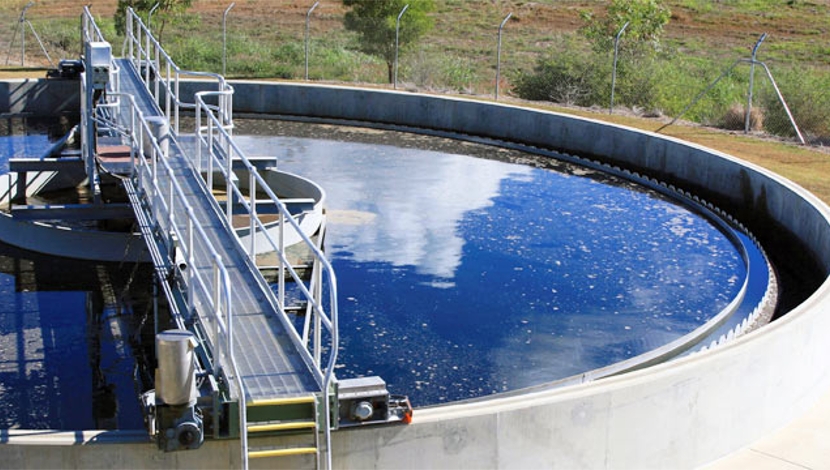
Professor Graeme Bloch, Wits School of Public and Development Management and Mpogeng Nkgadima, CEO, Lafarge Education Trust, measured LET’s contribution towards improving the quality of education in South Africa to evaluate how successful the initiative has been.
The Lafarge Education Trust has contributed tremendously in assisting the ailing education system in disadvantaged areas with most of the upliftment taking place in the North West Province and KwaZulu-Natal. These are the key findings:
1. Education change is hands-on, it takes time, and involves continual fluctuation in outputs. By avoiding a spray-and-pray approach, it’s possible with a small amount of money (less than R6m pa), to achieve a great deal.
2. LET learned that education change is complex. A good school must be judged on its academic outputs: can learners read and count? This is the very point of schooling. But the most important finding was that advancement of the entire family is vested in the educational success of its children.
3. However, even where LET has funded bursary holders at a range of institutions and focussed on filling the skills shortage in civil, electrical, industrial, mechanical and mining engineering, the old boys’ clubs have excluded some graduates. This is one of the reasons for lack of employment and needs to be addressed.
4. Bodibe, a small community in the North West Province, is controlled by a Tribal Council. Lafarge South Africa is the area’s major employer and, when LET introduced their upliftment programme, the Council offered strong resistance. Council leaders refused to allow principals to attend the University of the Witwatersrand. LET gave them a month to reconcile, which they did after the community marched on the tribal authority to show their disdain.
5. In 2009, LET met stakeholders at schools in Bodibe and promised infrastructure improvements. Twelve schools came on board and LET has since spent R37,000 000 on building 24 classrooms; 6 administration blocks; 4 computer centres; 4 libraries; 2 science centres; renovating 16 schools and a science laboratory; and supporting 22 soccer teams and coaches. Also included were community awards and bursary sponsorships,
LET also benefitted 54 schools (12 for the visually impaired); supported 13 SMMEs, 24 000 learners and students; 720 educators; 4 communities; 22 classrooms; 1 university and 118 bursaries for tertiary students
6. Adopt-a-School was the first partner, employing unskilled artisans and training them with strict monitoring and strong guidelines, ensuring visible signs of progress and improvement within the community. REAP and Trees for Africa also participated, creating multifaceted solutions.
7. LET unified the community through sport, especially football. The Dreamfields Football League was granted access to the national league and played in the finals.
8. With Adopt-a-School, the Boy Scouts involved themselves in environmental clubs and food gardens. Old Mutual Foundation also contributed, conducting eye tests for young schoolchildren and found that over 10% of learners could barely see the board for literacy training.
9. Much still needs to be measured, especially using the matric pass rates to evaluate outputs at school level and assessing the disrict’s role in ensuring pedagogical success.
10. Ways need to be found to overcome the challenge of teacher training and management as well as encouraging empowerment of communities.
The Lafarge Community Trust (LCT) and Lafarge Education Trust (LET) were created in 2006 by major building materials company, Lafarge South Africa the local presence of the international Lafarge Group. The company’s Lichtenburg Cement Works has a long-standing relationship with the Bodibe community, which provided the motivation for the inaugural education upliftment initiatives organised by the Trusts.
More information on the website at www.lafarge.co.za
For more articles such as this please see our online edition: http://concrete.tv/more/concrete-trends





